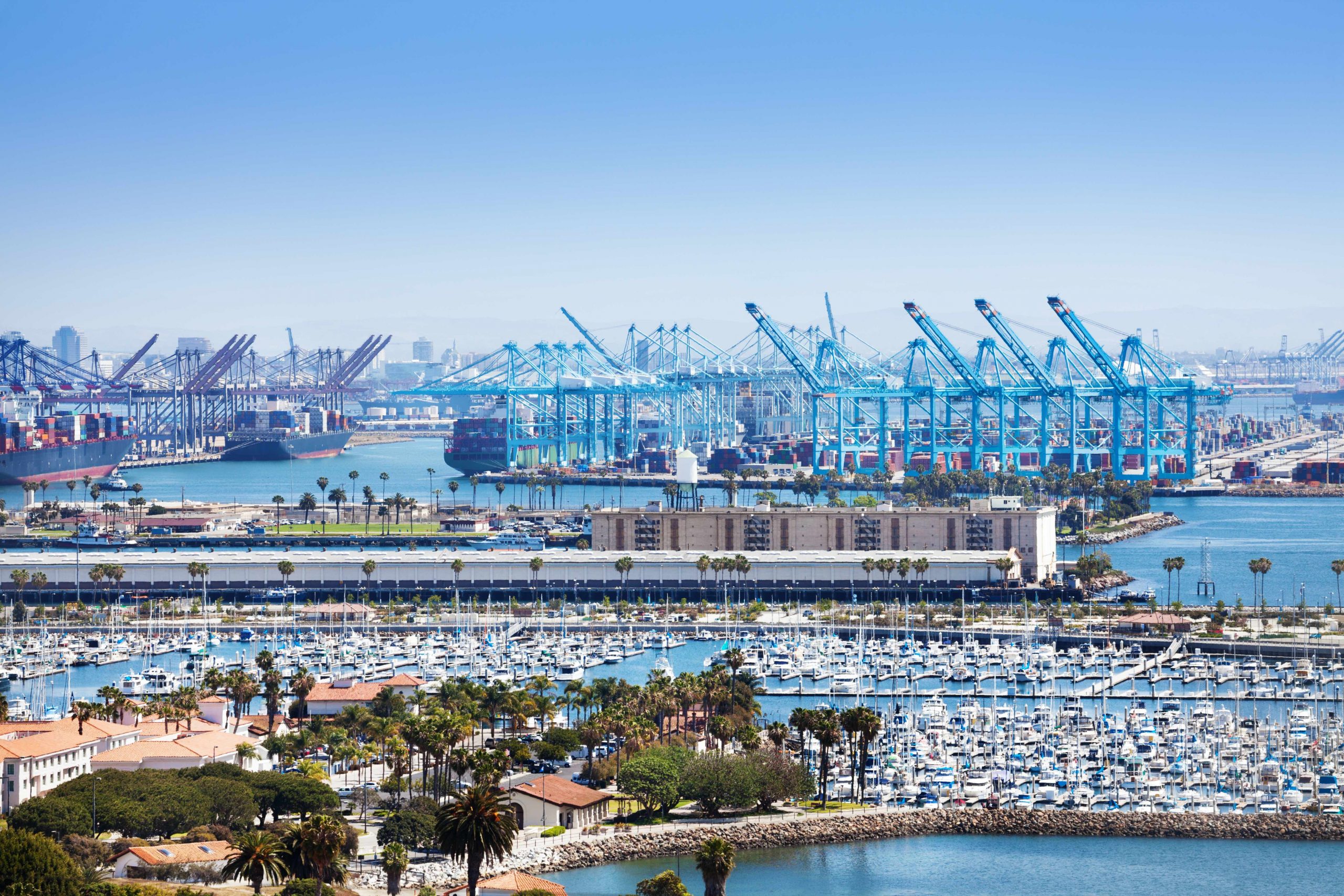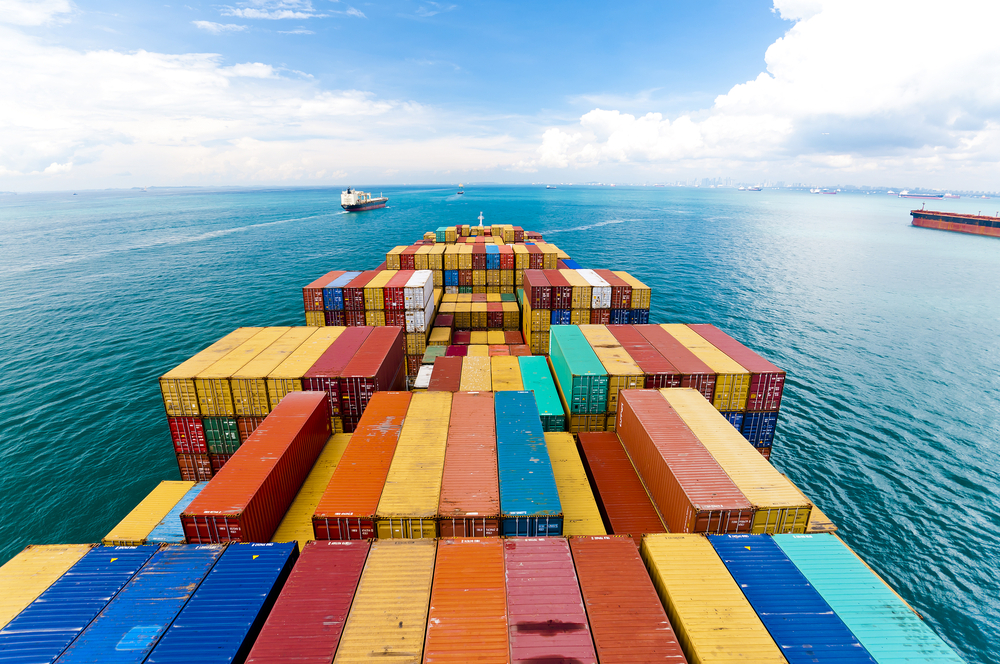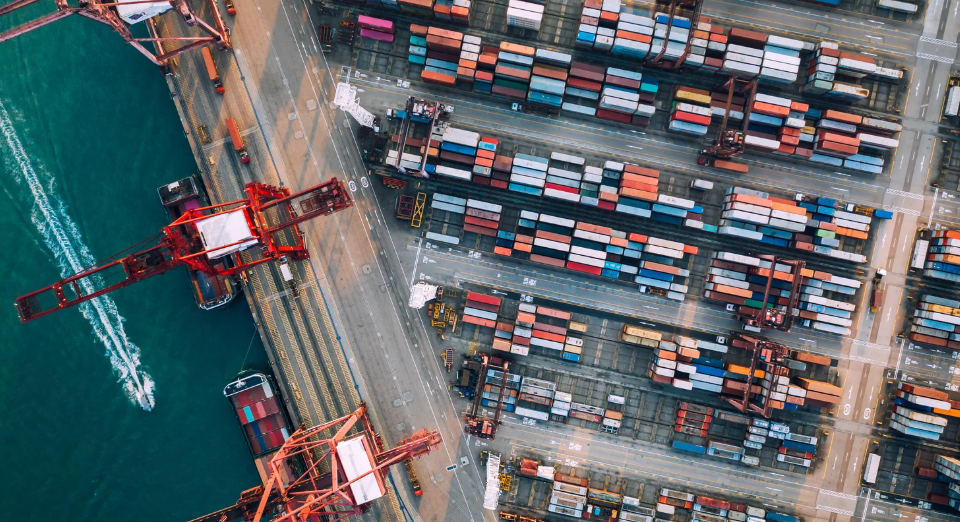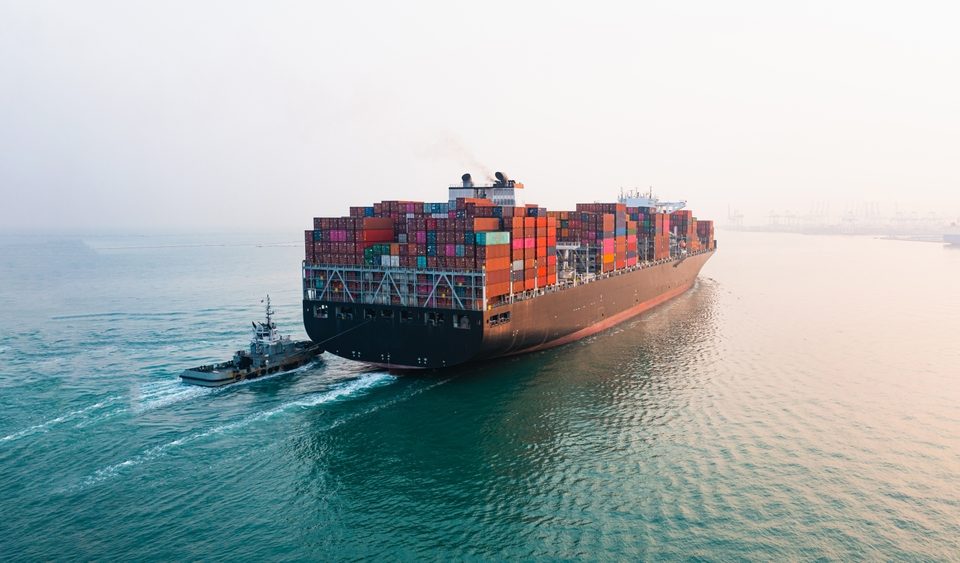
DHS Cracks Down on Goods Produced by China’s State-Sponsored Forced Labor
February 18, 2021
Ports of LA/LB to Return to 6 pm Start For 2nd Shift
March 5, 2021Congestion, Container Shortage Continues
The ports of Los Angeles and Long Beach continue to be overloaded with heavy volumes of import cargo. On February 19th, Rolf Habben Jansen, Hapag-Lloyd CEO, was quoted in part, “All eyes are on California’s San Pedro Bay congestion crisis at the ports of Los Angeles and Long Beach.” On February 24th, Director Gene Seroka, Port of Los Angeles, announced in part, “An astounding number of 62 ships were anchored awaiting berth space.”
What happened? Was it a “perfect storm”? What created this congestion? On February 18th, David Arsenault, President of the Propeller Club, LA/LB, provided an in-depth presentation of what created the congestion of vessels awaiting berth space to unload cargo at the Ports of LA/LB. Arsenault stated in part, “the root cause was COVID 19,” as vessels remain to await a berth.
According to Seroka, it is now, “taking up to eight days to move from anchorage to an available berth to allow unloading of the containers.” At the start of February, nearly 700 longshore and dock workers were not at work, as they were either suffering from COVID-19 or were under stay-at-home orders from being in contact with a COVID individual and unable to work the vessels. As of February 24th, the number has grown to 800 workers who are unable to resume work on the docks.
The City of Long Beach has its own Health Department, and the Long Beach City Council designated the dock workers as essential workers who, as of this week, qualify for the COVID vaccine. The program to vaccinate the dock workers has started; however, the protection for the workers will take some time to avoid the sickouts. The good news is this is anticipated to stabilize the workforce.
When will the congestion end? For now, it is projected to end by late May or early June 2021. However, the spike of imported cargo is anticipated to continue and is expected to flow into the U.S. Commerce through June-July of 2021 at higher numbers than last year.
What else will continue? Ocean carrier higher rates; dwell times; and increased exposure to detention costs. Ocean carriers may continue to reject export bookings as the unprecedented demand for imports coupled with COVID-19 outbreaks among longshore workers continue. The problem will further slow the flow of goods to move off the dock and into the supply chain. Southern California warehouses and distribution centers are at maximum capacity.
Vessel schedules are impacted and time at anchor cannot be recovered. The surge of imports, coupled with labor shortages caused by COVID outbreaks at the ports, has led to delays in unloading cargo and returning empty containers to vessels heading back to Asia.
Vessels have been diverting from Los Alamitos Bay ports to the other West Coast Ports of Seattle and Oakland, which in turn, will increase costs and transit times. Jansen was also quoted in part: “Container lines can’t simply put more ships into service to rectify the situation, today every ship that is available is basically sailing.”
Wherever your freight is unloaded, remember, Western Overseas can help to navigate the congestion issues and handle your clearances.





